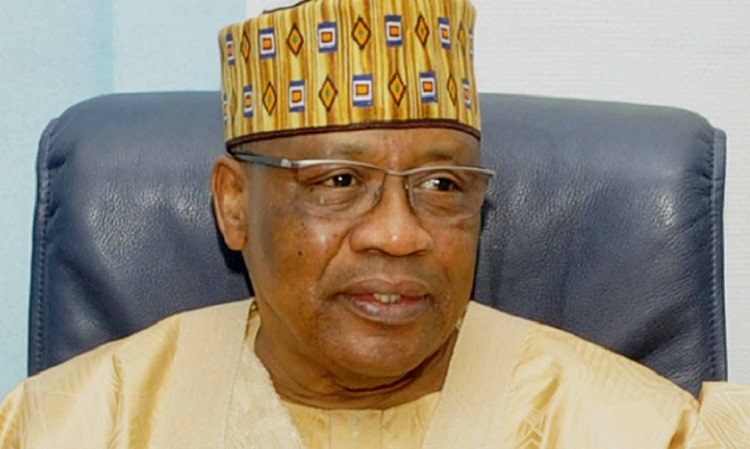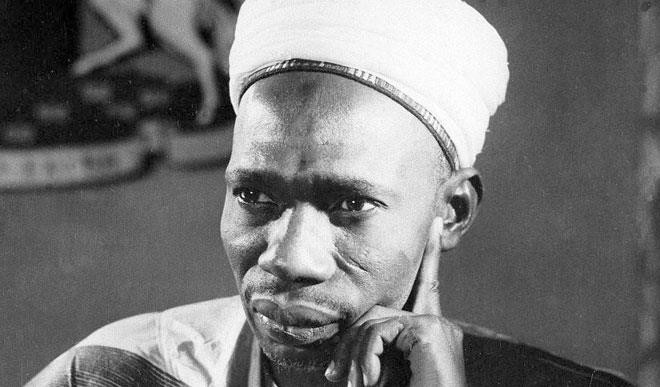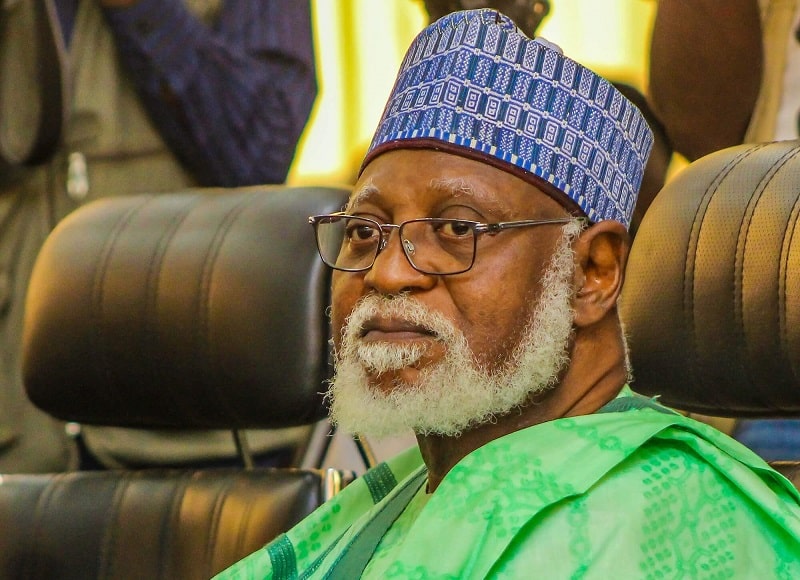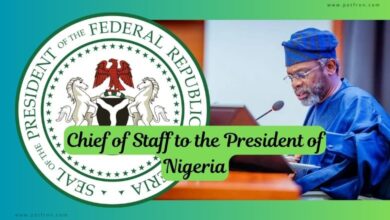Seal of the President of Nigeria
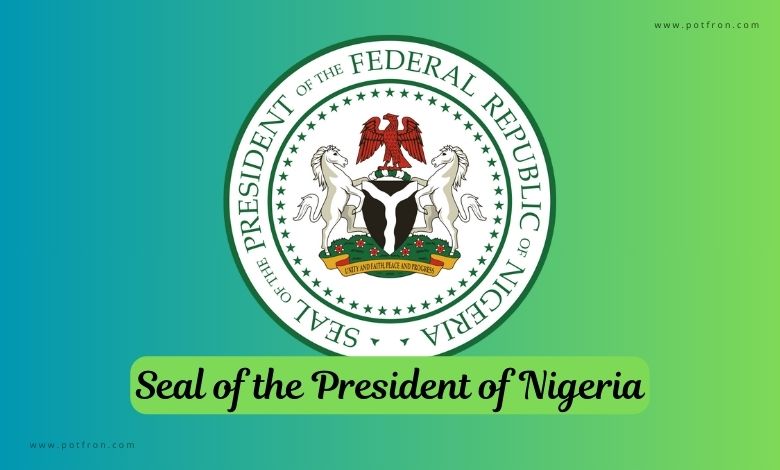
The concept of a Seal of the President of Nigeria was rooted in the need to create a distinct symbol of executive authority. With the establishment of the Nigeria presidential system of government in 1979, following the end of the First Republic and military rule, there arose a need for a formal insignia to denote the powers of the elected head of state.
The seal of the president of the Federal Republic of Nigeria is the official symbol of the Nigerian president. It was first used in 1979 by President Shehu Shagari during the short-lived Second Republic, but was abandoned by the military governments that ruled from 1983 to 1999. The seal was reinstated with the advent of the Fourth Republic in 1999, and has been consistently used ever since.
Related: List of Nigeria Past Presidents
Suggested: An Overview of Nigeria Political System
| Armiger | President of the Federal Republic of Nigeria |
| Adopted | 1979 (Current incarnation adopted 1999) |
| Crest | On a wreath, Argent and Vert, an eagle displayed gules |
| Shield | Blazoned sable a pall wavy argent |
| Supporters | Two horses Argent |
| Motto | UNITY AND FAITH, PEACE AND PROGRESS |
| Use | On documents from the president to Parliament, and as a symbol on presidential vehicles, lecterns, and other places |
Design and Features of Seal of the President of Nigeria
The Seal of the President of Nigeria incorporates elements of national symbolism and reflects the identity and sovereignty of the nation. Though there is limited public documentation about all the detailed design elements of the seal (as it is not as widely reproduced as the Nigerian coat of arms), however, it typically includes:
- The Coat of Arms of Nigeria: At the center of the seal is the official Nigerian Coat of Arms, which features:
- A black shield with a wavy white pall, symbolizing the meeting of the Niger and Benue Rivers.
- Two white horses (chargers) as supporters, representing dignity.
- A red eagle atop the shield, symbolizing strength.
- A green and white twisted band (the torse) above the shield.
- A base of coctus spectabilis flowers, Nigeria’s national flower, representing the beauty of the land.
- Circular Inscription: Surrounding the coat of arms is usually a circular inscription reading “Seal of the President of the Federal Republic of Nigeria”.
- Colors: The seal typically uses the national colors—green, white, and black, which reflects Nigeria’s flag and national identity.
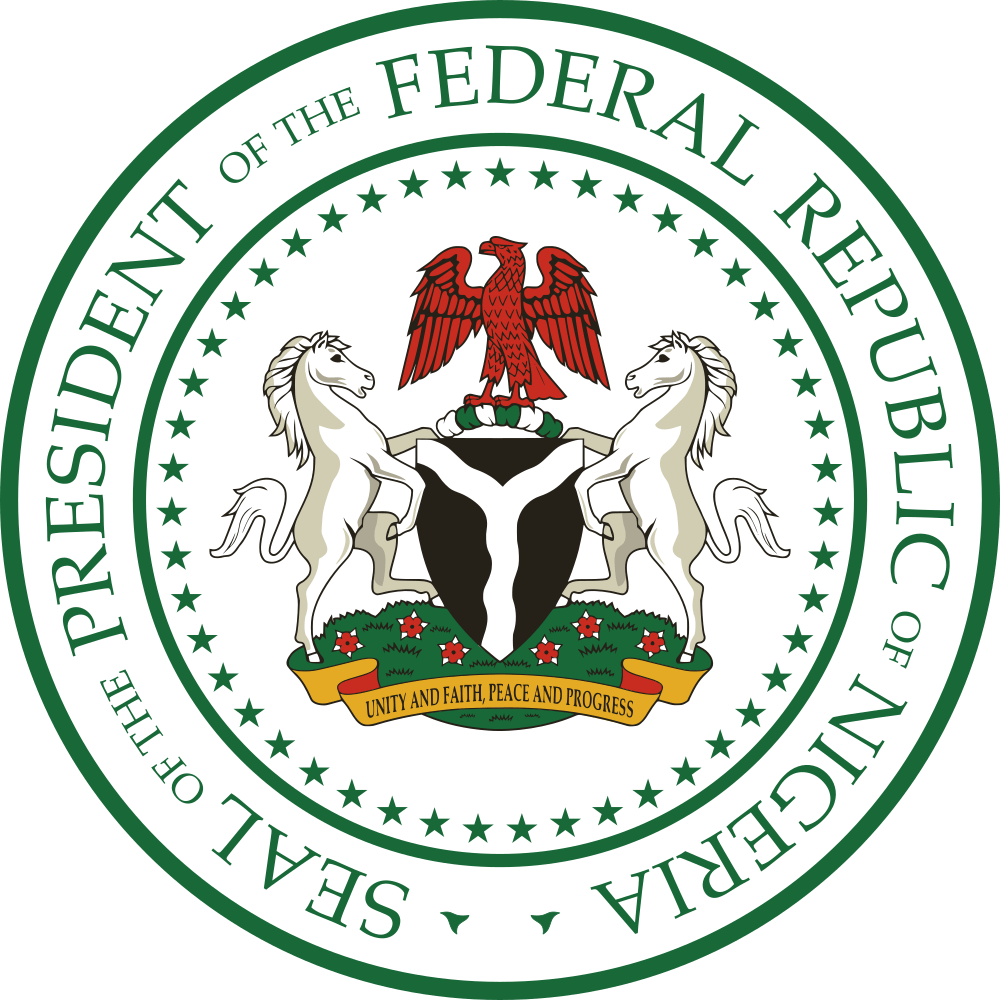
Related: Nigeria Coat of Arms And its Full Meaning
Uses and Significance of Seal of the President of Nigeria
The Seal is use in different functional role in state affairs which includes:
- Authenticate presidential documents, proclamations, and official letters.
- Adorn the presidential lectern during national addresses.
- Appear on the presidential flag, vehicle, and sometimes on the backdrop of official functions.
- Serve as a symbol on presidential stationery and insignia.
Its presence signifies that an action or document has the approval and backing of the President, underscoring the weight of executive authority.
Read also: Chief of Staff to the President of Nigeria
